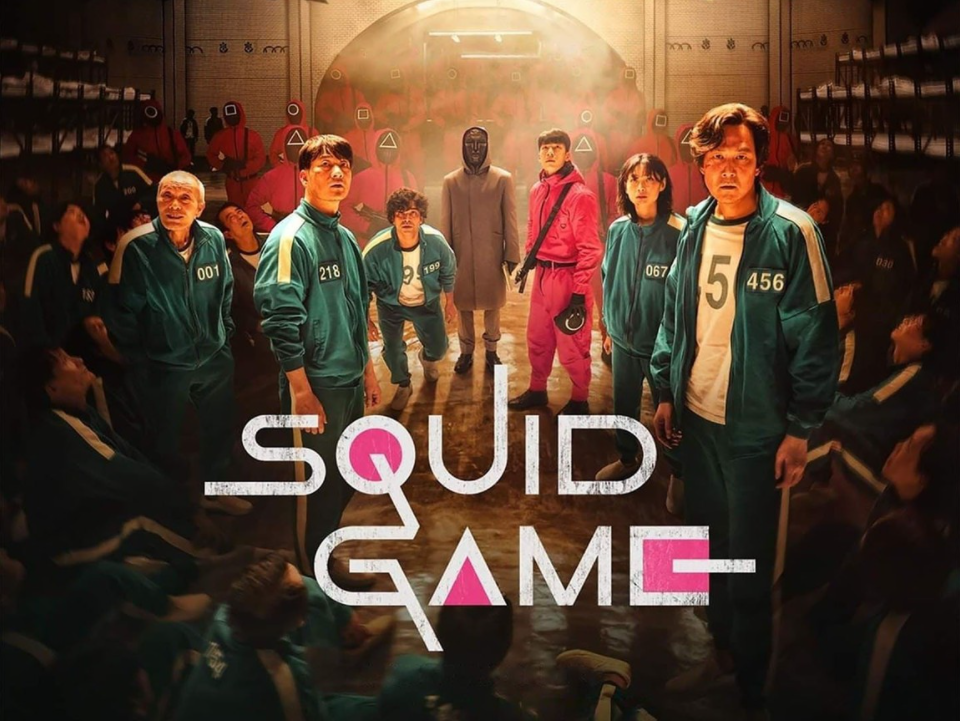Planned obsolescence harms the consumer
A few years ago, I carried an iPhone 6 in my pocket. After a year of use (and a couple of drops in a Speck CandyShell case), the touchscreen only worked intermittently. I eventually grew frustrated with the unreliability and replaced it with the iPhone 8. I later found out that the damage was due to Apple removing a metal shell that encased the touch module on the logic board of the iPhone 6, which utilized a new chassis.
I am continuously astonished by the advancement of our technological capabilities and the possibilities that they give rise to; I am also disappointed by the decreasing reliability of said technology. Devices emerge that are only expected to last a couple of years: either until the warranty runs out, or until the user is disenchanted with its performance compared to new releases later down the line.
This works wonders for the firms that strive to achieve this business model. Customers that enjoy brand names provide a consistent flow of money, comparable to a subscription plan for the products that the company produces.
Let’s say the consumer pays a thousand dollars every three years to the same company for a similar product that has a consistent upgrade schedule. If evenly distributed, a subscription plan that’s charged every month would cost a little over $27. Let’s now give the consumer more rationality. If they only replace their product every four years—which is generous given the current scheme of big technology—their subscription cost is still $20. Multiply that monthly cash flow by 50 million customers, and you have a billion-dollar company. The number of customers can be even greater depending on the company, which we saw with the recent trillion-dollar market cap evaluation of Apple, Amazon and Microsoft.
As for the consumer, this wreaks havoc on our expectation of long-lasting products and our assets. The dryer that I use for laundry is from the ’90s, and it still works, albeit with some decrease in heating power. I worked for an appliance store in the past, and people that had air conditioners installed in the past year constantly called for repairs. This unreliability gives companies extreme power over our finances because we require many of their products to carry out our daily lives. We might not need phones or computers to survive, but for many people, cars, stoves, and refrigerators are necessities. This need gives those industries an even more consistent flow of money, and gives us a harder time as prices increase to include more “smart” but unnecessary features. These features entangle us further into the world of big tech, encouraging us to join the Internet of things with more and more devices.
Obsolescence is driving us to spend more money. With technology progressing extremely fast, it’s possible that we will be forced to adapt to new products when we don’t feel the need to. It wasn't that long ago when video killed the radio star, and with the constant updates to technology today, it feels like new products are being “killed” the day after they’re released. In the past, this would never have happened in one’s lifetime, but in the 21st century, we’re seeing it more and more often. Picture the transition from floppy disks to CDs to USB mass media or the transition from 480i resolution to 1080p to 4K that we see in so many screens today. These movements can often be polarizing, but in a way, many of them were mandatory. There’s not a new computer nowadays being sold with a floppy disk drive. People that still own floppy disks are now unable to open them if their original readers are broken. And if they do want to open them, they have to fork over exorbitant amounts of money for products that are no longer made.
With the three big tech companies crossing the trillion-dollar mark using this strategy, many other companies are following suit, designing their products to be replaced within a short time frame. Their desire to attain the level of revenue that those companies have gained is beginning to drive cracks into the idea of competition in a free market. As customers, we strive to direct money into companies that seem to produce the best product. But, when every business is following the same model, we lose some of that freedom of choice. Yes, we’re able to select between products with more powerful and plentiful features and those with a cheaper price, but when the lifetime of those products is uniform, we as the customers are being strangled to spend more money in a shorter period of time.
This type of business is also harmful to the environment, because we have more products being purchased, used, and discarded, which multiplies the carbon footprint of the production process. Increasing demand for the products gives companies more room to expand their assembly lines, which includes the addition of more, possibly not-so-environmentally-friendly machines and labor processes. The products’ carbon footprint also increases, and as customers want more features at a lower price, companies will try to cut more corners to turn a larger profit; often those corners would've helped the environment. The carbon footprint of the disposal process of the products also increases because there are more products being pushed out. If many of them use similar materials, then the disposal process, even if it includes recycling, will increase its carbon footprint proportionally. Rapid consumption of such products is definitely not the route to take if we want our species to survive. In fact, there is a very high probability that rampant consumerism will accelerate climate change.
I’m not saying that putting the development of technology in corporate hands is bad, but producing goods with a designed purchase cycle to make more money is exactly that. It kills competition, the environment, and most importantly, our assets. Firms shouldn’t be making products with short lifetimes, they should make products that last lifetimes.

 culture
culture
 Letter To The Editor
Letter To The Editor